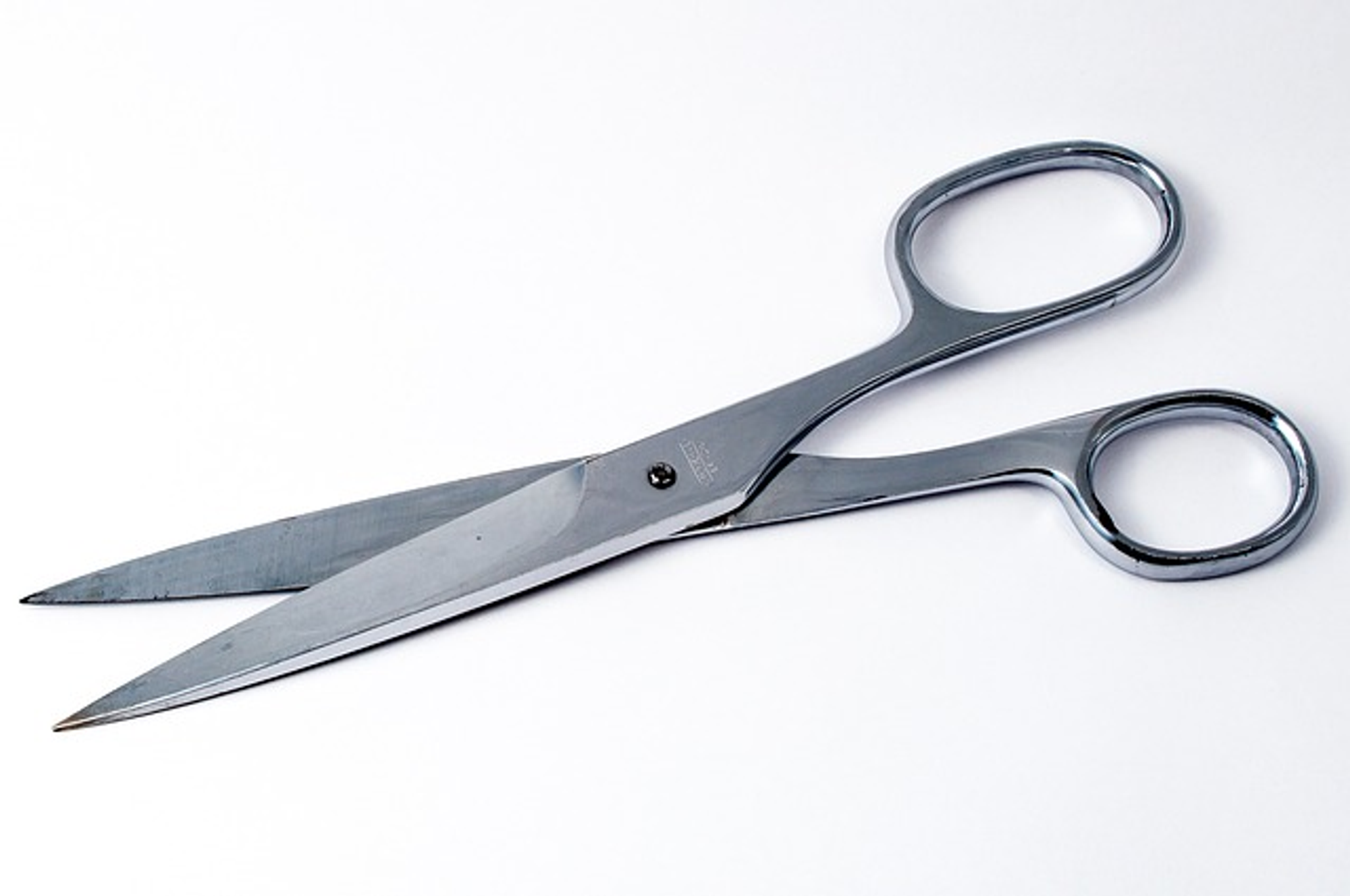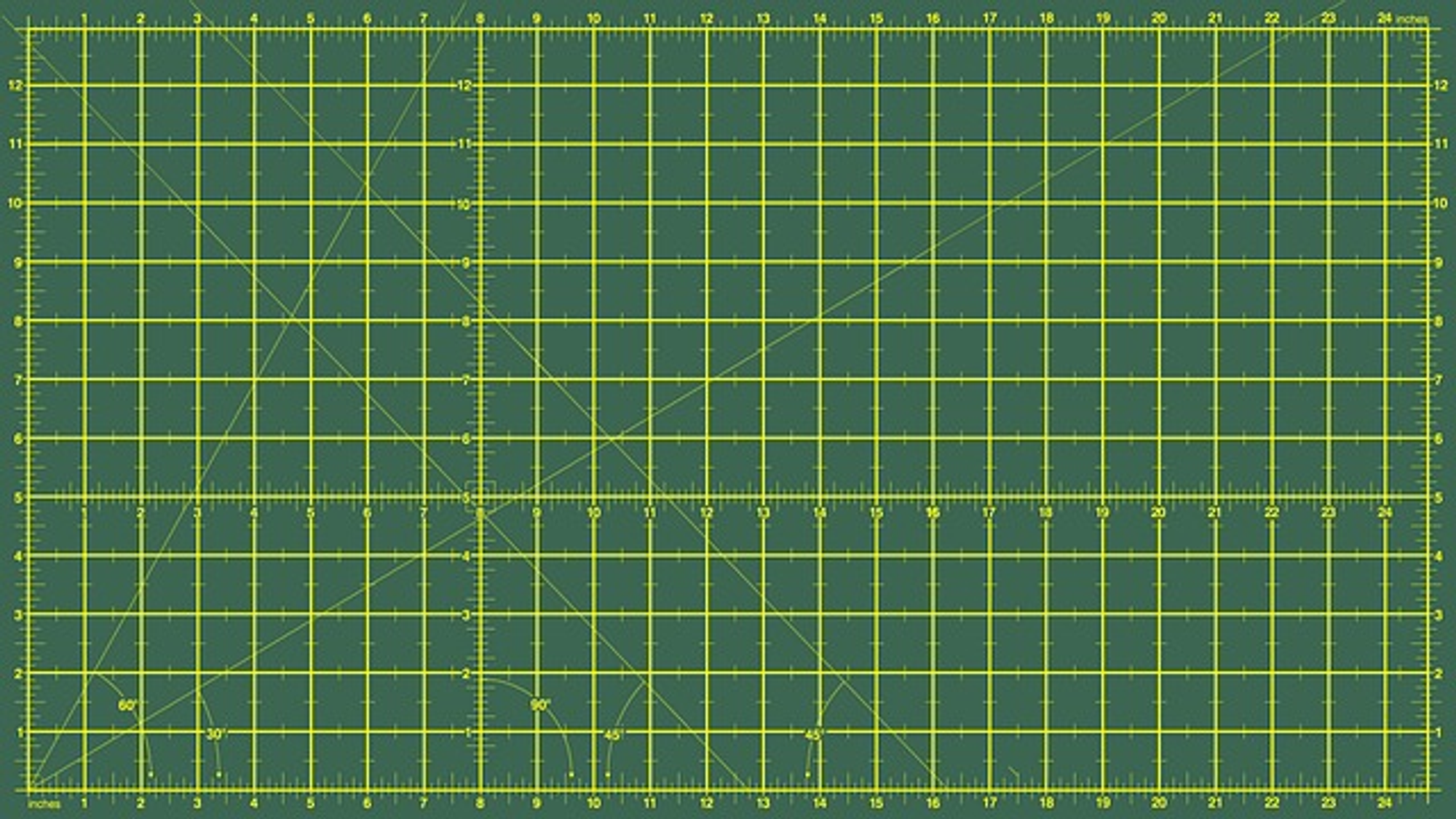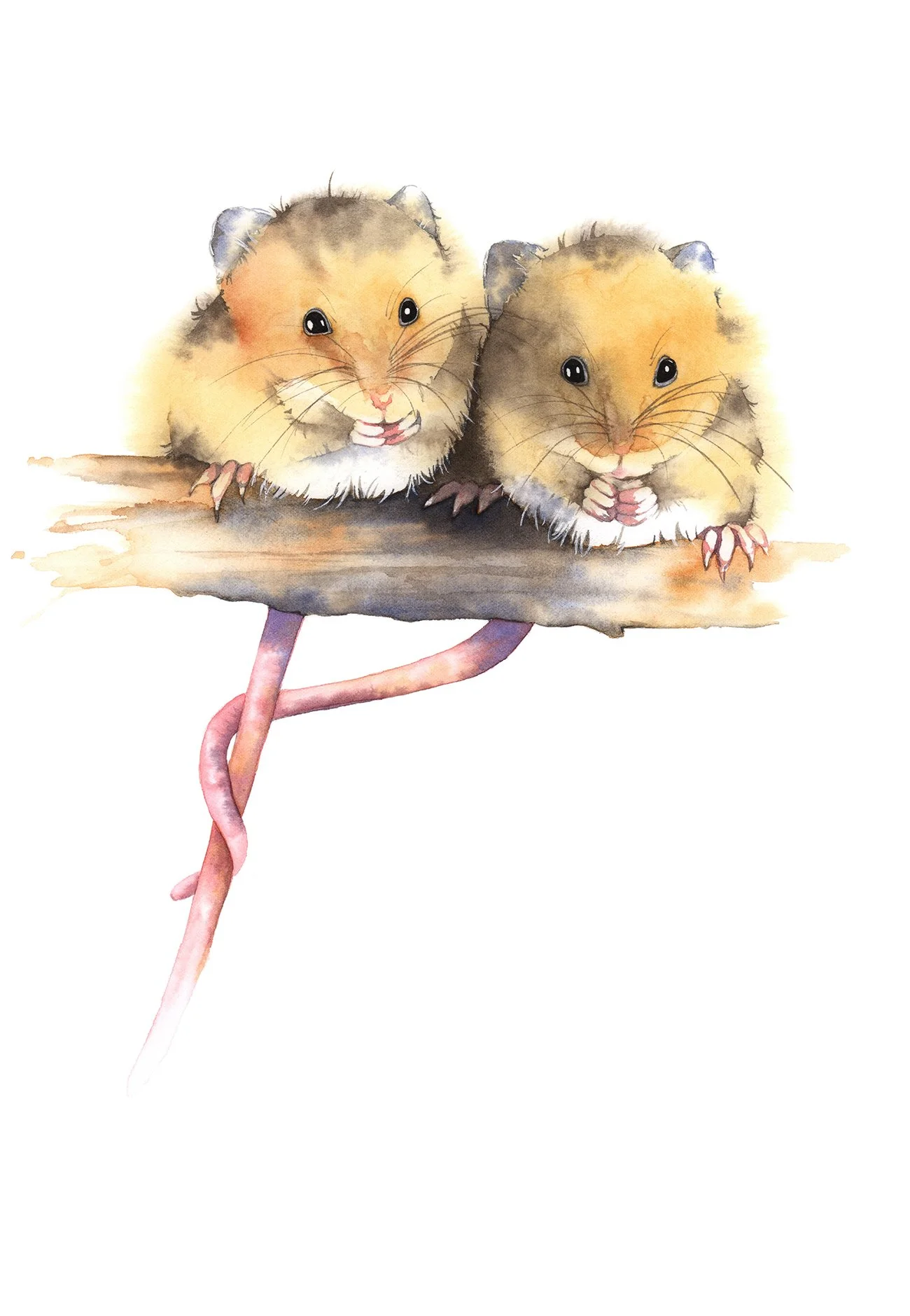Essential Tools for Cutting Watercolour Paper
As watercolour artists, the integrity of our paper is paramount to achieving the effects we desire in our artworks. Whether you’re removing a completed piece from a board or dividing a large sheet into smaller sizes, the choice of paper cutting tools can have a significant impact on the quality of your work. The cuts need to be done with a sharp blade to be precise, in a straight line, without damaging the paper.
In this blog post, I’ll share some paper cutting tools for watercolour paper and provide tips on how to use them effectively.
Paper cutters come in all shapes and sizes.
Essential Tips for Precision and Presentation
In the wonderful world of watercolour painting, the act of cutting paper often plays a crucial role both before and after the creative process unfolds. As artists, we begin by thoughtfully trimming our larger sheets into bespoke sizes that harmonize with our envisioned compositions or the dimensions of our chosen frames.
Once our paintings are complete, we might refine the presentation by carefully trimming the edges, ensuring each stroke and splash is framed perfectly, enhancing the artwork’s visual appeal. Additionally, when our pieces are mounted for painting or display, cutting becomes essential to gently free them from their boards.
This meticulous attention to detail in paper cutting ensures our watercolour artworks are showcased with precision, embodying the true essence of our artistic intent.
I carefully cut my paper from the board to minimise damage to both.
Utility Knife: A Reliable Choice
Knife, cutter, snap off utility knife.
A sharp utility knife is an indispensable tool in my studio. Our cutting tools need to provide straight cuts and precise cuts. A utility knife is particularly useful for cutting watercolour paper that's mounted on a board.
I find that adjusting the blade to the perfect depth allows me to slice through the paper without damaging the underlying surface. This tool offers a balance of control and strength, making it ideal for both thick and layered papers.
X-Acto Knife: Precision at its Best
For more detailed and delicate cutting tasks, a trusty X-Acto knife might work better. Its fine sharp blade excels at intricate cuts, allowing for exquisite control over the final shape. This precision is especially crucial when working with detailed portions of a composition that require careful separation from a mounted board.
Another kind of paper cutter is an X-acto, knife (pictured here with spare blade)
Rotary Cutter: Clean Cuts Across Large Sections
When larger sections of paper must be cut, a rotary cutter is a wonderful tool. It glides smoothly across the paper, providing a beautifully clean cut that’s hard to achieve with scissors. This tool is a common choice among quilters and fabric crafters, but it’s equally effective for cutting thick watercolour papers.
A cutting mat, linear scale, rotary cutter.
Scissors: Simple but Effective
Sometimes, simplicity is key. A good pair of sharp scissors is sufficient for straightforward tasks like trimming the edges of paper. While not ideal for precision cuts, scissors are perfect for quick adjustments and can be found in any artist's toolkit.
Paper Cutter: Clean precision cutting
Paper cutters, like the Fiskars Paper Cutter, are known for their precision and ease of use, and are an excellent choice for handling large sheets of watercolour paper. This cutter typically features a durable rail system that guides the blade smoothly for straight, accurate cuts without snagging or tearing the delicate paper. With its extended cutting arm, it can accommodate larger paper sizes, making it particularly useful for artists working with broad watercolour sheets and thicker materials. The ability to cut multiple layers at once can also be a time-saver, although watercolour paper is thicker than normal paper so it's advisable to cut single sheets to maintain precision.
A paper cutter can cut straight and smooth cuts for a precise edge.
Once you have chosen the right cutting tools for your watercolour paper, enhancing your setup with accessories like rulers, bone folders, and cutting mats is essential for achieving the best results. A sturdy metal ruler or straight edge can guide your cuts to ensure they are perfectly straight and precise. Bone folders are invaluable for creasing the paper, allowing for a controlled tear that adds a unique, artistic edge to your work.
Lastly, a cutting mat not only protects your work surface but also helps to keep your blades sharper for longer, making each cut cleaner and more accurate. Together, these tools create a comprehensive cutting station that ensures your watercolour paper is prepared to the highest standard.
Metal Ruler or Straight Edge: Ensuring Straight Lines
Pairing a cutting tool with a metal ruler or straight edge helps achieve straight, clean paper cuts. This combo not only guides the blade safely across the paper but also protects your hands. It's a simple addition that enhances both safety and accuracy.
I use a metal ruler to both measure and cut paper.
Cutting Mat: Protect Your Surfaces
To protect the surface beneath your paper and ensure a clean cut paper, a cutting mat is essential. These mats also prevent the knife blade from becoming dull and often come with grid lines that aid in measuring and aligning your cuts.
Cutting mat.
Bone Folder: Perfecting the Tear
While not a cutting tool per se, a bone folder is an excellent tool for creasing watercolour paper where you plan to tear it. This can create a controlled, natural edge that adds an artistic touch to certain works where a cut edge might be too harsh.
A bone folder, bonefolder, or folding bone is a dull-edged hand tool and can be used to fold and crease watercolour paper.
Tips for Removing Paper from a Board
I always stretch watercolour paper before I use it and that involves attaching it to a board. The paper needs to remain attached to the board when you paint on it. Once your painting is finished, make sure it is completely dry before you remove it. I use the small pliers to remove the staples first. Skip this step if you only use tape to fix the paper in place.
A pair of long nosed pliers that I use to remove staples.
Once the staples are removed, I use a sharp knife on an angle to cut through the gummed tape. I look for the little airspace that runs along the edge of the watercolour paper, and I angle the knife in there to try to minimize the damage to the gator board from the knife.
Use the knife on an angle to minimise damage to the board.
Using a ruler, utility knife on a cutting mat to remove the taped edge of the paper.
When the paper has been removed from the board, it still has the gummed tape attached to it. I cut this off with either a sharp knife or some scissors. Some artists leave it on their paintings because it can be hidden behind a mat when the painting is framed. I like to remove it because I often sell paintings unframed, and they present better to the buyer when the gummed tape has been removed. Make sure, that the paper cuts are sharp and straight.
Using the right paper cutters not only preserves the quality of your watercolour paper but also enhances your overall artistic process. Each paper cut tool has its own role in the crafting of a piece, from initial cuts to final presentations.
Remember, the cleaner the cut paper, the more professional the painting will look upon completion. Choose wisely and cut carefully!
If you are interested in learning to paint in watercolour, I have over 170 online, voiced over watercolour tutorials for all skill levels.


















